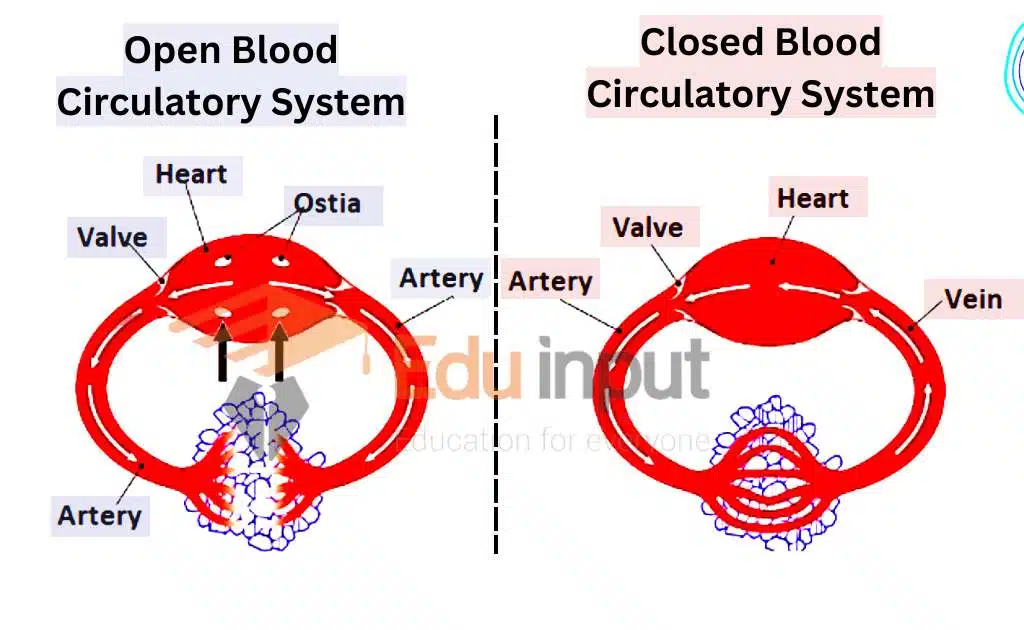What is the Immune System?-Definition and Composition
The immune system is the body’s defense mechanism. It fights off foreign invaders such as bacteria, viruses, fungi, parasites, and toxins. The immune system consists of two parts: innate immunity and adaptive immunity.
Innate immunity is our first line of defense and involves physical barriers, chemical compounds, and cells that help us fight infections before they have a chance to take hold. Adaptive immunity is our second line of defense and involves antibodies that identify and neutralize pathogens.
Composition Of Immune System
The immune system is composed of lymphocytes and antibodies;
Lymphocytes
Lymphocytes are special white blood cells.
There are two types of lymphocytes; T lymphocytes and B lymphocytes.
T lymphocytes (Cell-mediated response)
T lymphocytes recognize antigens and combat with them, The antigen may be any foreign object like a microorganism or foreign tissues in case of tissue transplant The T lymphocytes show cell-mediated response. The response in which lymphocyte directly kills microorganisms by phagocytosis is called cell-mediated response The T lymphocytes become mature in the thymus gland. So they are called T lymphocytes: The influence of the thymus gland is essential for making T-cells competent
B Lymphocytes (Humoral Immune Response)
B lymphocytes recognize antigens and form plasma cell clones The plasma clone cells synthesize and liberate antibodies into the blood plasma and tissue fluid The antibodies attach to the surfaces of bacteria and speed up phagocytosis.
Formation Of Antitoxins
Sometimes, the microorganism produces toxins: The antibodies produce antitoxins and neutralize these toxins.
Humoral Immune Response
The response of lymphocytes by producing antibodies to destroy microorganisms or toxins is called the humoral immune response. B lymphocytes show humoral immune response Role of vaccines The people are vaccinated against antigens of specific diseases like Polio, Smallpox, measles, and mumps. So the persons produce antibodies against the antigens and become immune to the infection of this specific disease in the future.
Naming of B-lymphocytes
B- Lymphocytes are named due to the Bursa of Fabricius The Bursa Fabricius is a lymphoid structure. It is present in the wall of the cloaca of young birds, The B-lymphocytes were first discovered in this Bursa Fabricius. Therefore, they were named B-lymphocytes.
Antibodies
The antibodies are special types of proteins called immunoglobulin
1. The vertebrates produce antibodies in response to antigens The antigen or immunogen is a foreign substance (often proteins) that stimulates the synthesis of antibody formation
2. The antibodies to immobilize (S) the antigen. It ultimately causes the destruction of the antigen
3. The antibodies are specific. They destroy the only antigen which has stimulated the formation of those antibodies.
4 Antibodies are synthesized in B-lymphocytes. Then these are secreted into the lymph and blood. Antibodies circulate freely in the lymph or blood
Structure Of Antibody
An antibody molecule consists of four polypeptide chains two identical light chains and two identical heavy chains. These chains are linked by disulfide (S-S) bridges. Each chain of the antibody has two parts
a) Variable amino acid Sequences. These sequences determine which antigen will bind with the particular antibody
b) Constant amino acid sequence
(c) These chains are the same in all the antibodies in one class
Sometimes, there are multiple copies of the antigenic molecule on the Therefore, large antigen-antibody complexes are formed.





Leave a Reply